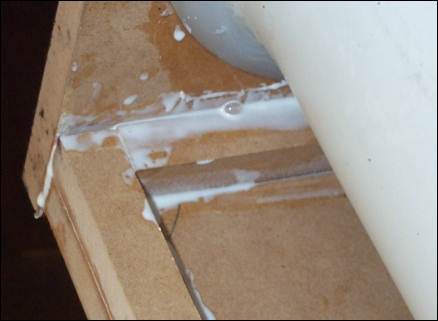I am about to begin the construction of cabinets and am wanting to cut the joints at 45 degrees. I want to do this to provide a stronger joint but mainly to hide the edge of the MDF, which we all know acts as a sponge for any type of moisture. I do intend to apply a veneer so perhaps it isn't worth the effort, but I am wondering what the best way to accomplish this is.
Should I:
a) Set the table saw at 45 degrees and cut the panels (how do I measure this sut acurately?)
b) Cut the panels to size then use a chamfer bit to provide an acurate 45 degree angle.
c) Something else I haven't thought of.
Thanks for your input. :T
Should I:
a) Set the table saw at 45 degrees and cut the panels (how do I measure this sut acurately?)
b) Cut the panels to size then use a chamfer bit to provide an acurate 45 degree angle.
c) Something else I haven't thought of.
Thanks for your input. :T



Comment